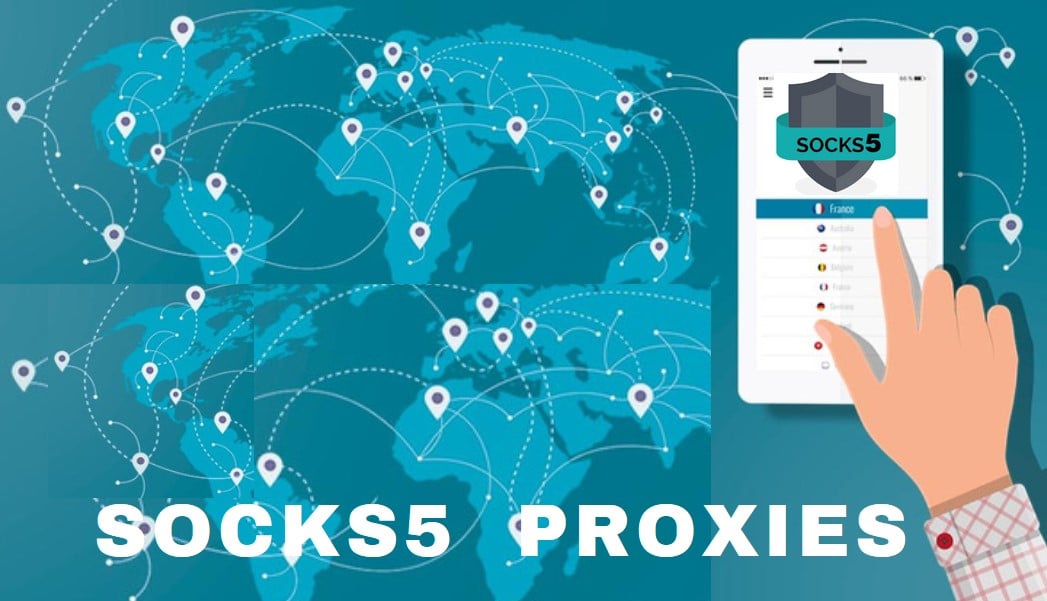

- #Proxifier socks5 how to#
- #Proxifier socks5 software#
- #Proxifier socks5 password#
- #Proxifier socks5 download#
A drop-down menu will unfold where you can choose Save Profile As…įill in the desired name and click OK. If you'll be using the same proxy again, you can save the profile for future use by clicking on Untitled.
#Proxifier socks5 password#
Enable the Authentication and fill in the Username and Password from your account. Once the app is installed and running, you'll see the screen below.Ĭlick on Proxies in the upper left corner.Ī settings window will pop up where you'll be adding your proxies.įill in your proxy Address (IP) and Port and check the radio button for the SOCKS Version 5. Configure all your applications to have a direct internet connection.
#Proxifier socks5 download#
[To set up proxies in Proxifier head over to Proxifier and download the app for Windows or MAC.īefore going on, be informed that if you used proxies before downloading Proxifier you should check your built-in proxy settings.

You'll also need the authentication credentials displayed on the right sidebar. Get the IP and Port of the proxy you want to use. For Chrome-based browsers, you can disable the QUIC protocol via the following setting: chrome://flags/#enable-quic. Note: because Proxifier supports only TCP connections your IP may leak on some sites which are using QUIC (HTTP3) protocol which works over UDP. In order to set up SOCKS5 proxies in Proxifier, you first need to get the address of the proxy you want to use from your account To do so, click on the Dedicated or Shared in the SCOCKS5 section (depending on which type of SOCKS5 proxies you purchased.
#Proxifier socks5 how to#
In this article, we will show you how to set up HTTPS proxies and SOCKS using Proxifier.
#Proxifier socks5 software#
One popular tool for using proxies is Proxifier, a software that allows you to route all your internet traffic through a proxy server. They allow you to access the internet through a different server, masking your IP address and providing an extra layer of anonymity. Proxies are a powerful tool for online privacy and security. It also offers advanced features such as proxy chain, automatic proxy detection, and proxy authentication. Proxifier is compatible with various types of proxy servers, including HTTP, HTTPS, and SOCKS.

It is often used by people who are looking to increase their online privacy and security, or bypass geographical restrictions on certain websites. It allows users to work with any internet client through a proxy, improve network performance, and access blocked websites. rds file.Įxample: RDtoS5.exe /log log.txt /start my_server.Proxifier is a software tool that allows users to route all their internet traffic through a proxy server. start "rds file path" - start RDtoS5 server based on. "rds file path" - load RDtoS5 settings from. log "log file path" - append all log messages to a file. The following Remote Desktop to SOCKS5 commands line options are available: No evaluated privileges or system hooks are required, x86 and 圆4 systems and clients are supported, other connections or programs are not affected. The only thing required is to set Windows Remote Desktop client to connect to the RDtoS5's local address like "localhost:757" and the traffic can be redirected trough a SOCKS5 proxy. Remote server and proxy parameters are known, thus there is no need to intercept normal system behavior. "localhost:757") and redirects data to a selected remote server trough a chosen proxy. It acts as a server, listens for a connection to a local port (e.g. Our Remote Desktop to SOCKS5 tool serves a single purpose of redirecting RDP (VNC, etc.) client traffic trough a SOCKS5 proxy. This way of interception requires techniques like system hooks, DLL injections, network filters, etc., thus Administrative privileges are usually required and some other compatibility issues may exist. The common solution is to use universal "proxifiers" to intercept RD connection and route it trough a proxy, but such tools are just way too powerful and complicated for a simple client-server TCP connection used in protocols like Remote Desktop. Native Windows Remote Desktop client is designed to establish a direct connection to a remote server and this can be an issue for systems accessible trough proxy servers only (Tor hidden services for example).


 0 kommentar(er)
0 kommentar(er)
